All-Clad vs. high-heat
barbara9093
18 years ago
Featured Answer
Sort by:Oldest
Comments (8)
loriafopiano
18 years agolast modified: 9 years agobarbara9093
18 years agolast modified: 9 years agoRelated Professionals
Frisco Furniture & Accessories · Manhattan Furniture & Accessories · Queens Furniture & Accessories · Rockville Furniture & Accessories · West Palm Beach Furniture & Accessories · Fountainebleau Furniture & Accessories · Hercules Interior Designers & Decorators · Lake Elsinore Interior Designers & Decorators · Amherst Kitchen & Bathroom Designers · North Versailles Kitchen & Bathroom Designers · South Farmingdale Kitchen & Bathroom Designers · Adelphi Kitchen & Bathroom Remodelers · University City Kitchen & Bathroom Remodelers · Shamong Kitchen & Bathroom Remodelers · Key Biscayne Kitchen & Bathroom Remodelersshaneajohnson
18 years agolast modified: 9 years agotriciae
18 years agolast modified: 9 years agodeanb
18 years agolast modified: 9 years agolvtgrdn
11 years agolast modified: 9 years agosushipup1
11 years agolast modified: 9 years ago
Related Stories
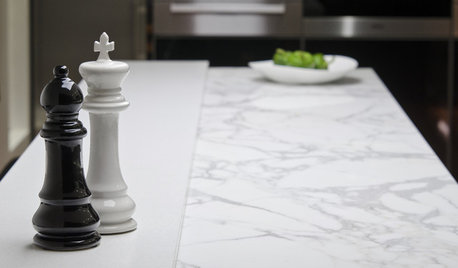
KITCHEN COUNTERTOPSKitchen Counters: High-Tech Solid Surfaces Make Maintenance Easy
Sculpted by heat and nonporous by nature, solid-surface countertops bring imagination and low maintenance to the kitchen
Full Story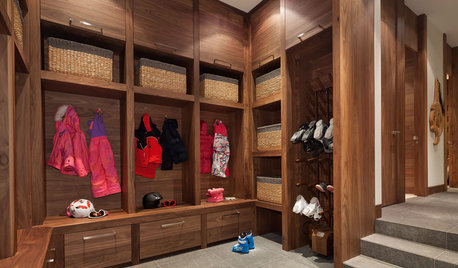
MUDROOMS4 High-Performing Mudroom Ideas
Looking for entryway ideas with plenty of storage? Here’s how to make hooks, cubbies and drawers look great
Full Story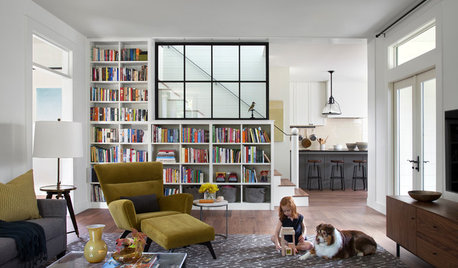
HOUZZ TOURSHouzz Tour: Unplugging From High Tech in a Texas Farmhouse
This simply styled home gives an Austin family all the warmth of comfort food and all the amenities of modern times
Full Story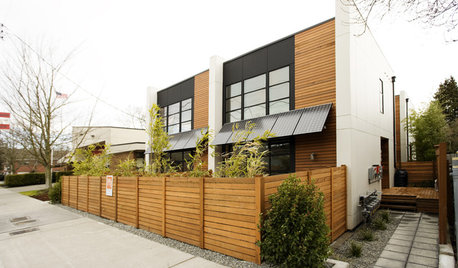
REMODELING GUIDESHigh Design With Solar Panels
Solar panels find new function as elements of smart home design
Full Story
GREEN BUILDINGHouzz Tour: Passive House in Vermont Slashes Heating Bills
Its ecofriendly, low-maintenance design leaves a family with more time to relax and enjoy the weekend home
Full Story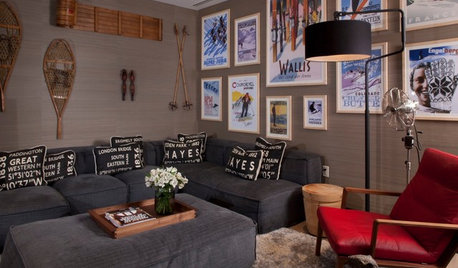
DECORATING GUIDESCold-Weather Sports Gear Heats Up Interiors
Skis, snowshoes and other wintertime sports equipment pieces are sliding off the slopes and into the home
Full Story
FLOORSFloors Warm Up to Radiant Heat
Toasty toes and money saved are just two benefits of radiant heat under your concrete, wood or tile floors
Full Story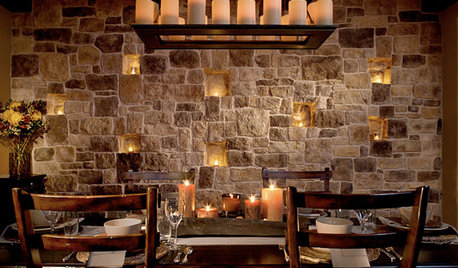
LIGHTINGTurn Up the Party Heat — the Sultry Decorating Secret
Give your home a warm and romantic vibe with candles at the entry, lined up along a wall, floating in martini glasses and more
Full Story
GARDENING AND LANDSCAPINGBlow Past the Heat With an Outdoor Ceiling Fan
Drop some degrees on your porch or patio while boosting its style, with an energy-efficient ceiling fan
Full Story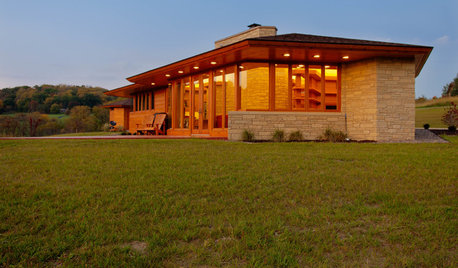
HOUZZ TOURSHouzz Tour: Usonian-Inspired Home With All the Wright Moves
A Chicago couple's weekend retreat fulfills a long-held dream of honoring architect Frank Lloyd Wright
Full StorySponsored
More Discussions






enquiringmind